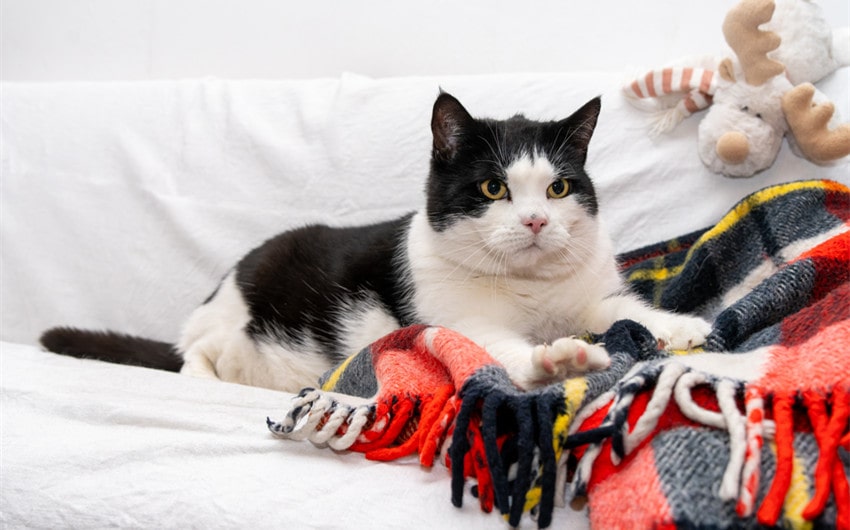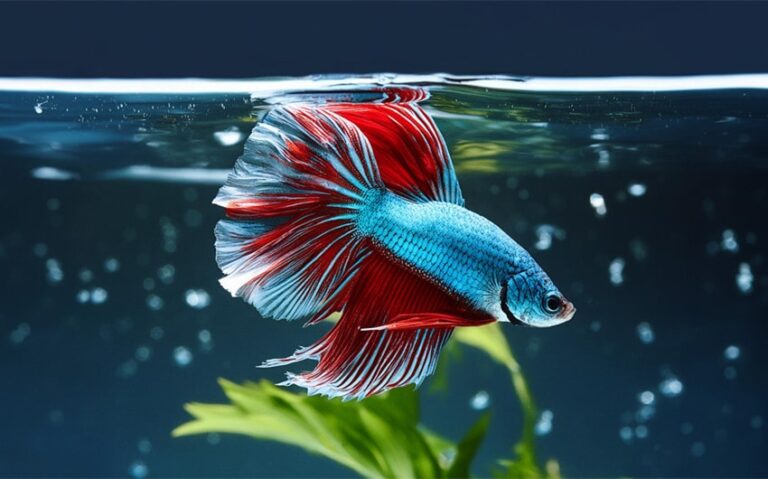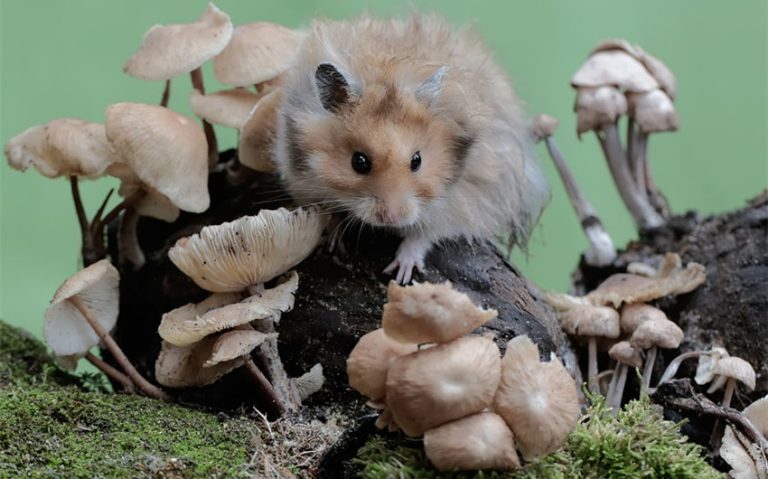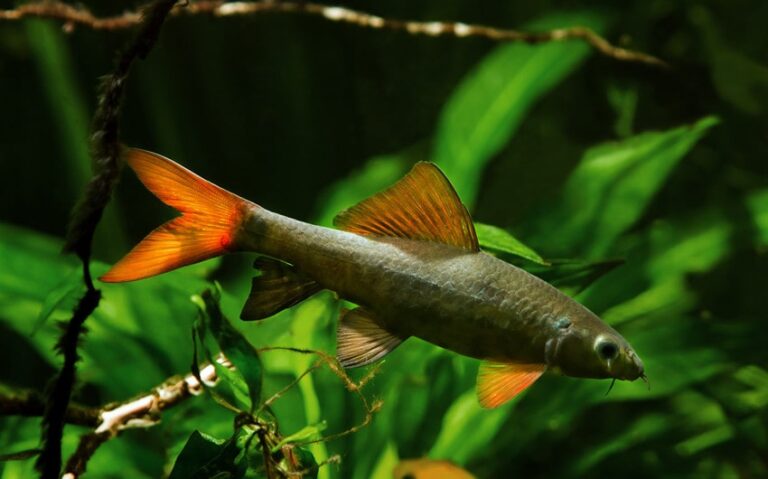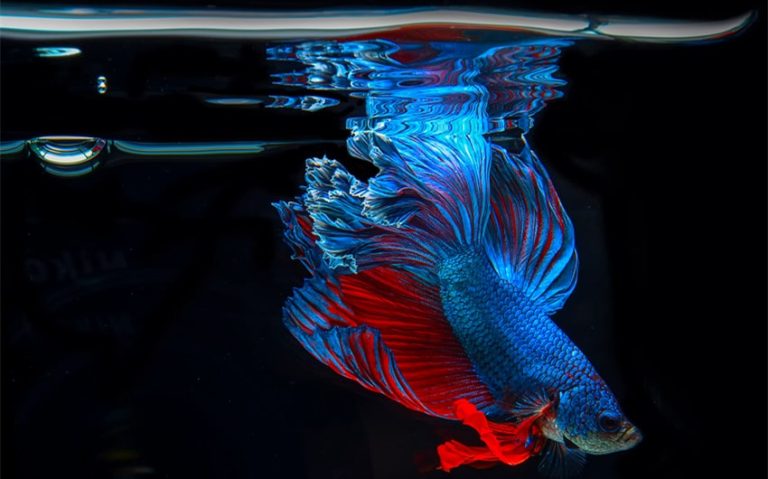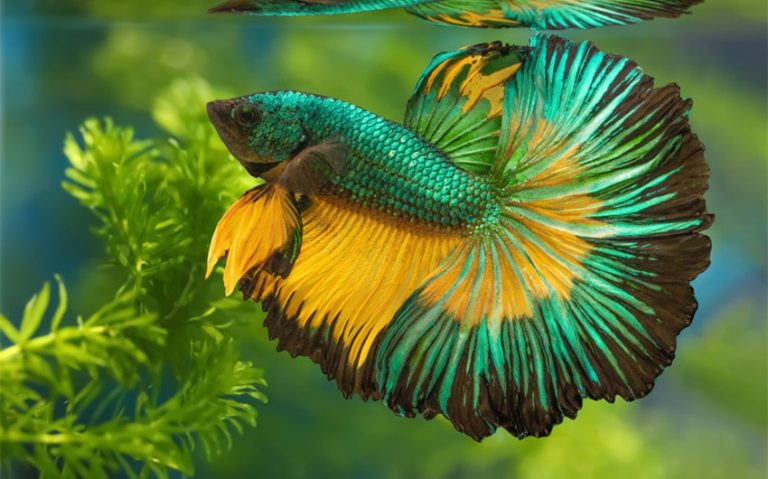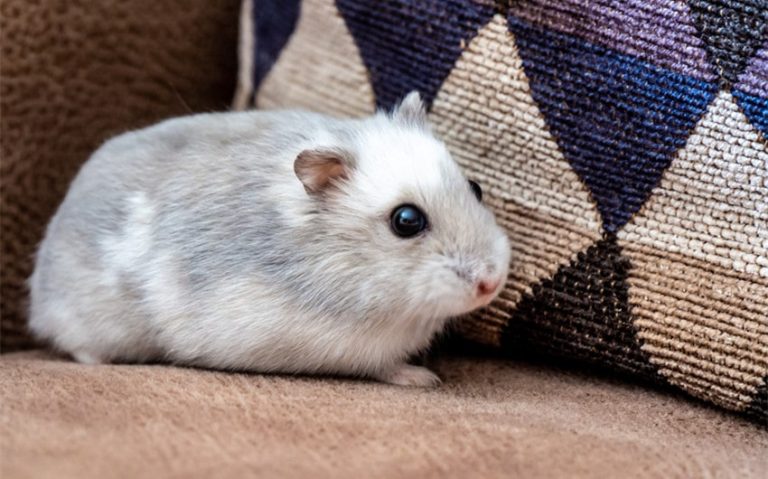Why Do Cats Make Biscuits: Learn 6 Surprising Explanations
If you’re a cat owner, you’ve likely seen your feline friend “making biscuits”—that rhythmic kneading motion cats do with their paws on soft surfaces. But why do cats make biscuits? While it’s undeniably adorable, this behavior has deeper meanings rooted in instinct, comfort, and affection.
From kittenhood habits to self-soothing and even marking territory, kneading reveals a lot about your cat’s inner world. Understanding the reasons behind this quirky action can help you appreciate your cat’s unique way of expressing love, relaxation, and happiness. Let’s explore the possible meanings behind this charming feline behavior.
What is “Making Biscuits”?
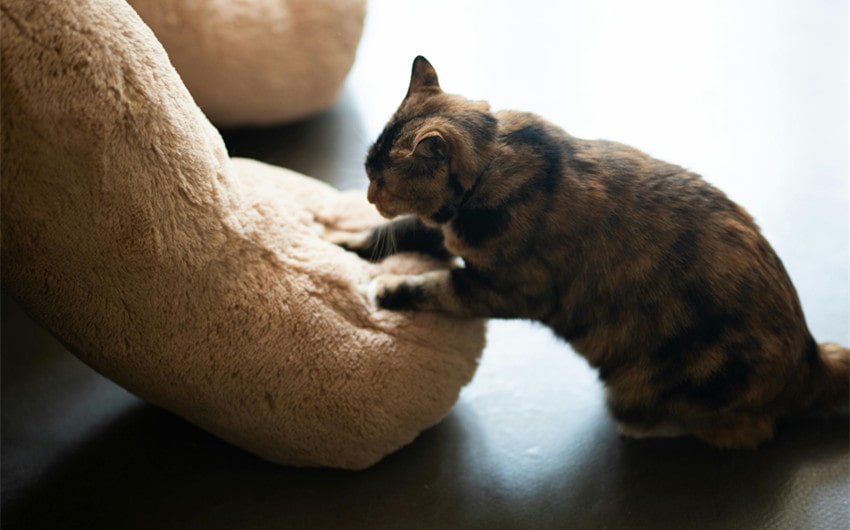
“Making biscuits” is a popular term among cat lovers that describes the rhythmic kneading motion cats make with their front paws on soft surfaces. This action resembles the way someone might knead dough when making biscuits, hence the endearing nickname. Cats typically perform this behavior on cozy areas, such as blankets, pillows, or even their human companions, gently pushing their paws in and out, sometimes with their claws slightly extended.
How Cats “Make Biscuits”
When cats make biscuits, they often alternate their paws, pressing one paw down, then the other, in a repetitive, gentle motion. This kneading is sometimes accompanied by purring, half-closed eyes, or even drooling, as the cat enters a state of deep relaxation and contentment. The pace of kneading can vary; some cats knead slowly and methodically, while others may knead quickly and with more enthusiasm.
The act of making biscuits is typically done on soft or comfortable surfaces, such as:
- Blankets: One of the most common places cats knead, as blankets mimic the soft surfaces that cats are instinctively drawn to.
- Pillows or Cushions: These plush items make ideal spots for cats to settle down and knead before resting.
- Human Laps: Cats often knead their owners’ laps, which not only shows affection but also marks the human as a source of comfort.
- Other Cats or Pets: Some cats may even knead on other pets they’re bonded with, reinforcing social bonds and shared affection.
Why Do Cats Extend Their Claws While Kneading?
When cats knead, they may extend and retract their claws, making the process look a bit more dramatic. This claw extension is an instinctive part of kneading.
The muscles in their paws engage and release during the motion, which may serve multiple purposes, including stretching their paws or flexing the muscles. This behavior also stimulates the scent glands located in their paws, allowing them to mark their territory subtly when kneading on a surface they feel connected to.
While the extended claws can sometimes lead to accidental scratching, especially if they’re kneading on a person, it’s not an aggressive action. Instead, it’s a sign that the cat is relaxed and fully engaging in the kneading process.
Reasons Why Cats Make Biscuits
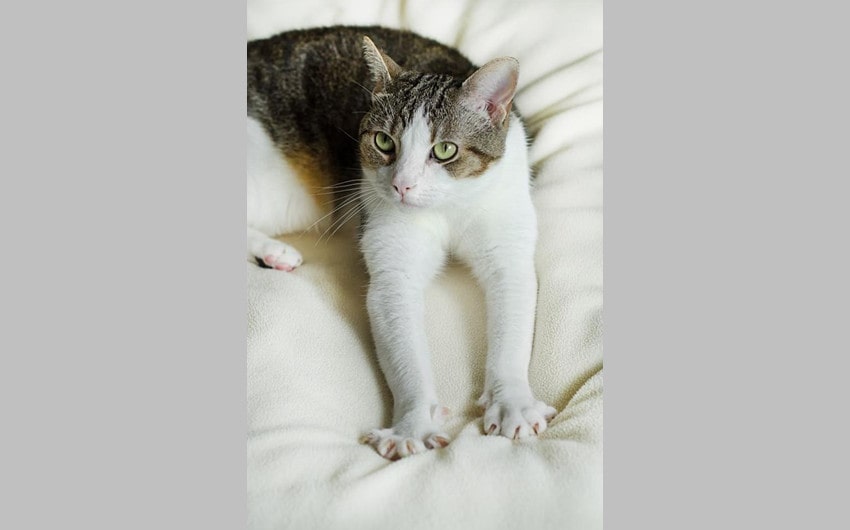
Image source: Pinterest
Cats making biscuits is more than just a cute behavior. This instinctual action has roots in a variety of physical and emotional needs. From early kittenhood habits to marking territory, kneading serves multiple purposes for a cat’s wellbeing. Here are the main reasons why cats make biscuits.
1. Instinct from Kittenhood
One of the primary reasons cats knead is rooted in kittenhood. Kittens instinctively knead their mother’s belly while nursing to stimulate milk flow, helping them feed. This kneading motion is soothing and nurturing for young cats, as it is associated with feelings of comfort, warmth, and security.
As they grow, many cats retain this behavior, even though it’s no longer associated with nursing. When adult cats make biscuits on blankets or soft surfaces, they are often recreating that early sense of security and comfort. For this reason, cats may start kneading when they feel safe and loved, using this motion as a form of self-soothing and reassurance.
2. Marking Territory
Cats are highly territorial animals, and kneading is one way they mark objects or people as “theirs.” Cats have scent glands located in their paws, which release pheromones as they knead. When your cat makes biscuits on a blanket, bed, or even your lap, they are depositing their scent, subtly marking the item or person as part of their territory.
This scent-marking behavior can be seen as a bonding act, especially when directed toward their human companions. By kneading on you, your cat is not only showing affection but also including you in their “safe space” by marking you with their scent. This gesture reinforces their bond with you and makes their environment feel more secure.
3. Comfort and Relaxation
Kneading is also a comforting, self-soothing behavior that helps cats relax. The rhythmic motion of making biscuits is a natural way for cats to release stress, calm themselves, and enter a relaxed state. You might notice that your cat starts kneading when they are especially content, such as when they’re preparing to nap or cuddle with you.
This relaxation ritual might serve a similar function as meditation does for humans—it’s repetitive and calming, helping them unwind. Many cats will also purr or close their eyes while kneading, indicating that they are at ease. By kneading, cats may be preparing themselves mentally and physically for sleep, aligning with their natural instinct to settle into a secure and comfortable space.
4. Expressing Affection and Contentment
For many cats, kneading is a way to show affection toward their humans or other animals. When your cat makes biscuits on you, it’s a sign that they feel safe, loved, and bonded. Cats may also knead on each other as a social bonding behavior, similar to how they groom each other. This kneading is their way of expressing warmth and contentment, much like a gentle hug.
The combination of kneading and purring often indicates a deep level of trust and happiness. When cats choose to knead on you, they’re sharing a vulnerable and intimate part of their instinctual behavior, indicating that they see you as part of their family. For them, kneading is a way to convey love and attachment, making it a special, endearing habit for both of you.
5. Stretching and Physical Exercise
Kneading isn’t just an emotional behavior; it also has physical benefits. Cats use kneading as a way to stretch and exercise their paws and forelimbs. The act of pressing and extending their paws engages their muscles, helping to keep them flexible and promoting circulation. This stretching behavior is particularly beneficial for cats who spend long hours resting, as it allows them to loosen up their muscles and keep their joints limber.
Just as people stretch when they get up from a nap or after sitting for a long time, cats make biscuits to stretch their muscles and relieve tension. This instinctive motion keeps them agile, which is especially important for felines who are naturally active and flexible creatures. Kneading also prepares their bodies for bursts of activity, aligning with their natural hunting and playful behaviors.
6. Preparing a Cozy Resting Spot
Kneading also has practical roots tied to wild cat behavior. In the wild, cats may knead grasses, leaves, or other soft materials to create a comfortable resting area. By kneading down the surface, they soften it, making it more comfortable for sleeping. Domestic cats may retain this instinct, preparing a blanket or cushion in a similar manner before settling down for a nap.
This nesting behavior is a way for cats to ensure they have a safe, comfortable, and supportive spot to rest, even though they are in a home environment rather than in the wild. By kneading their chosen resting spot, they’re tapping into this deeply ingrained habit, helping them feel secure and relaxed.

